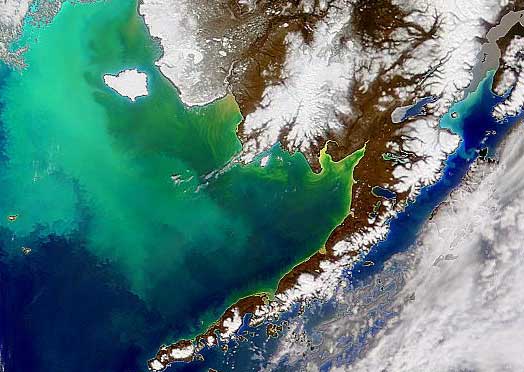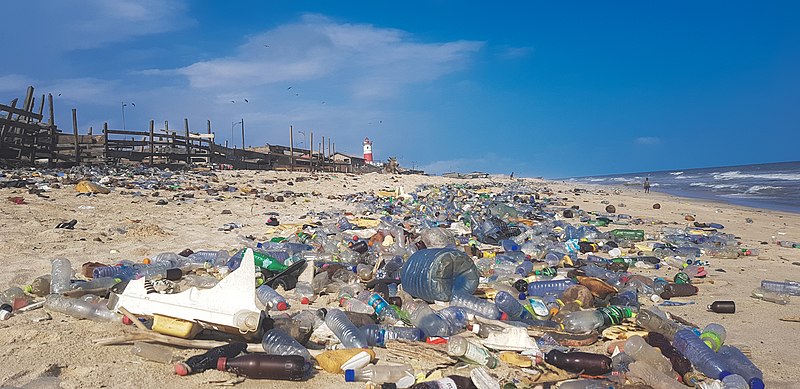Paper: Microbial dynamics of elevated carbon flux in the open ocean’s abyss
Authors: Kirsten Poff, Andy Leu, John Eppley, David Karl and Edward DeLong
Cells from blooms of phytoplankton, or tiny plants, can enhance carbon flux all the way down to the deepest parts of the ocean. The authors of this recent study measured the amount of carbon in sinking particles deep in the ocean at a station near Hawaii. Over the course of three years, scientists identified three time periods of unusually high carbon flux, or transport, at this depth, and found that the organisms that made up the sinking particles were significantly different between high flux events and the rest of the time period. The data showed higher abundances of surface-dwelling microorganisms, including phytoplankton, contributing to these particles during high-flux events.
Continue reading “Tiny organisms’ race to the bottom of the ocean”

